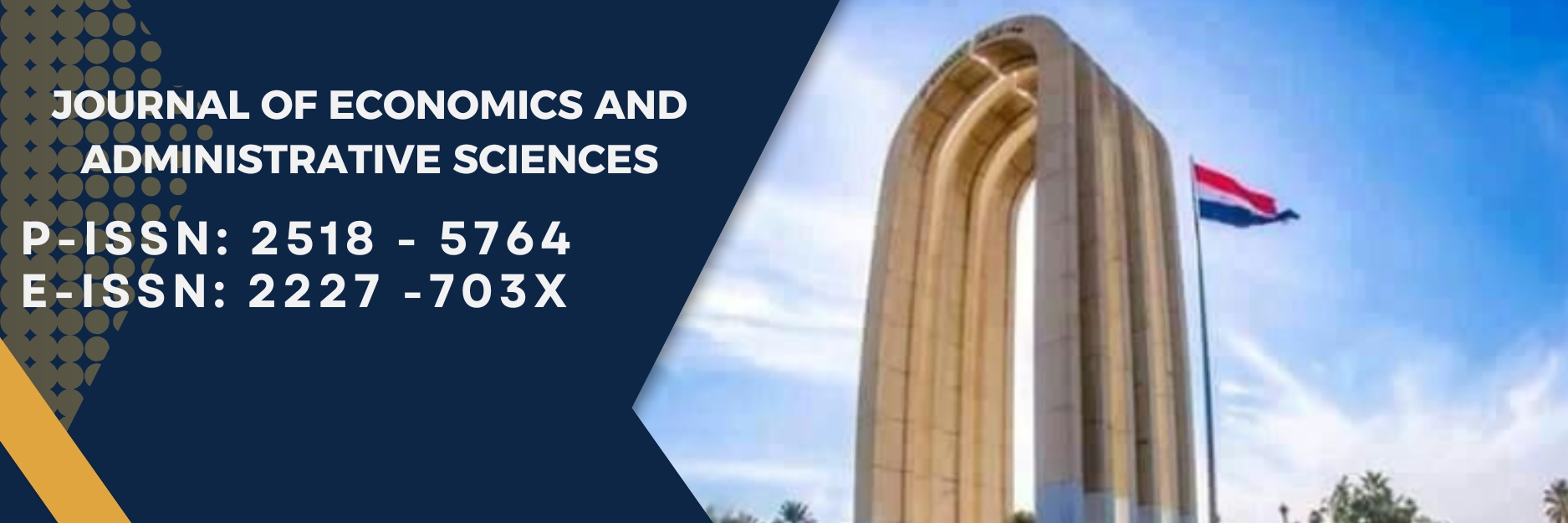A comparison between the logistic regression model and Linear Discriminant analysis using Principal Component unemployment data for the province of Baghdad
DOI:
https://doi.org/10.33095/jeas.v23i95.393Keywords:
تحليل المركبات الرئيسية، الدالة المميزة الخطية، الانحدار اللوجستي، اختبار هوتلنك - ، اختبار لاحصاءة . Bartielts& Keiser, Principal Components analysis, Linear Discriminant Function, Logistic Regression, test hoteling, test Keiser Meyer Oljkins & Bartielts.Abstract
The objective of the study is to demonstrate the predictive ability is better between the logistic regression model and Linear Discriminant function using the original data first and then the Home vehicles to reduce the dimensions of the variables for data and socio-economic survey of the family to the province of Baghdad in 2012 and included a sample of 615 observation with 13 variable, 12 of them is an explanatory variable and the depended variable is number of workers and the unemployed.
Was conducted to compare the two methods above and it became clear by comparing the logistic regression model best of a Linear Discriminant function written using the original data, either using Principal Component was reduced variables to 5 key factors by 62.875% of the total variance and the results were equal . That the performance of a logistic regression equal to using the original data and Principal Component, while performing a Linear Discriminant function using Principal Component was better than the original data.
Downloads
Published
Issue
Section
License
Articles submitted to the journal should not have been published before in their current or substantially similar form or be under consideration for publication with another journal. Please see JEAS originality guidelines for details. Use this in conjunction with the points below about references, before submission i.e. always attribute clearly using either indented text or quote marks as well as making use of the preferred Harvard style of formatting. Authors submitting articles for publication warrant that the work is not an infringement of any existing copyright and will indemnify the publisher against any breach of such warranty. For ease of dissemination and to ensure proper policing of use, papers and contributions become the legal copyright of the publisher unless otherwise agreed.
The editor may make use of Turtitin software for checking the originality of submissions received.

























